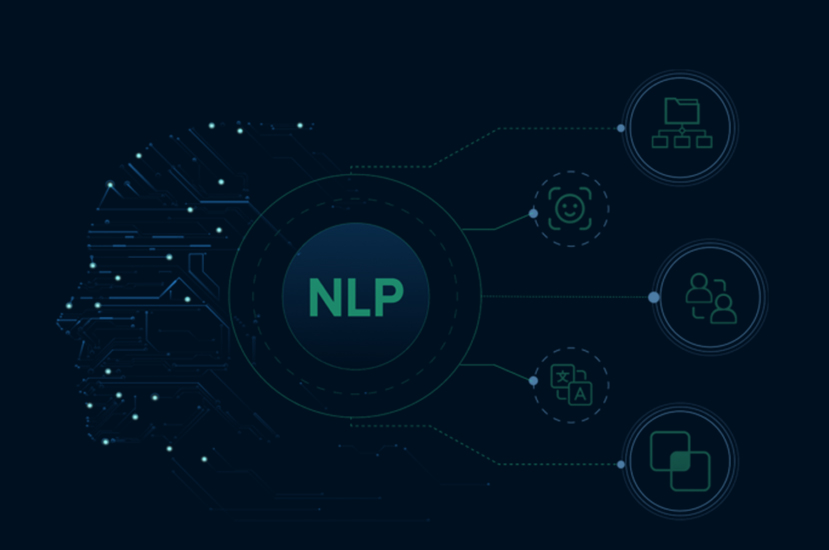In the evolving landscape of artificial intelligence, Generative AI has emerged as a game-changer—shifting the focus from simply analyzing data to actually creating it. From generating art and music to writing code and designing virtual environments, generative AI is unlocking new frontiers across industries. But what exactly is it, and why is it such a big deal?
What is Generative AI?
Generative AI refers to a class of artificial intelligence systems that are capable of producing original content. Unlike traditional AI models, which mainly classify, predict, or detect patterns in existing data, generative models learn from vast datasets and use that understanding to create entirely new content that mimics human creativity.
At the core of many generative AI systems are architectures like Generative Adversarial Networks (GANs), Variational Autoencoders (VAEs), and Transformer-based models like OpenAI’s GPT and Google’s BERT. These models can generate text, images, audio, and even synthetic data for training other AI systems.
Applications That Are Changing the Game
1. Content Creation at Scale
Writers, marketers, and designers now have powerful AI collaborators. Generative AI tools can write blog posts, design ad creatives, compose music, and even script movies. While it doesn’t replace human creativity, it dramatically amplifiesit.
2. Synthetic Data Generation
In fields like healthcare and finance, access to large datasets is often restricted due to privacy concerns. Generative AI can produce synthetic data that mirrors real data, helping train models without compromising security.
3. Drug Discovery and Scientific Research
AI models are helping researchers simulate chemical reactions and predict molecular structures. This can significantly speed up the drug discovery process, cutting years of trial-and-error down to months.
4. Gaming and Virtual Worlds
Imagine a game that generates new levels, characters, and narratives every time you play. With generative AI, developers can create dynamic, ever-changing experiences that keep players engaged for longer.
5. Personalized Experiences
Generative AI enables the creation of hyper-personalized experiences in e-commerce, education, and entertainment by curating content uniquely suited to each user’s preferences and behaviors.
The Ethical and Practical Considerations
With great power comes great responsibility. Generative AI raises a number of ethical and legal concerns:
- Misinformation & Deepfakes: The ability to generate realistic text, images, and videos can be weaponized to spread false information.
- Intellectual Property: Who owns the content created by AI? Can it infringe on existing copyrights?
- Bias in Output: AI models trained on biased data can unintentionally generate biased or offensive content.
To address these concerns, it’s vital to ensure transparency, explainability, and responsible usage in generative AI systems.
The Future of Generative AI
As models become more advanced and compute power more accessible, the potential of generative AI will only grow. Future developments may include:
- Real-time co-creation with humans in art, music, and storytelling.
- Autonomous agents that learn and create independently across domains.
- Cross-modal generation, where models generate images from text, music from videos, or even 3D objects from 2D sketches.
Conclusion
Generative AI is not just a technological innovation—it’s a creative revolution. By giving machines the power to generate data and content, we’re not only expanding what AI can do but also redefining the boundaries of human imagination and creativity. As long as we build and use it responsibly, generative AI promises a future where technology doesn’t just support creation—it becomes a co-creator.




